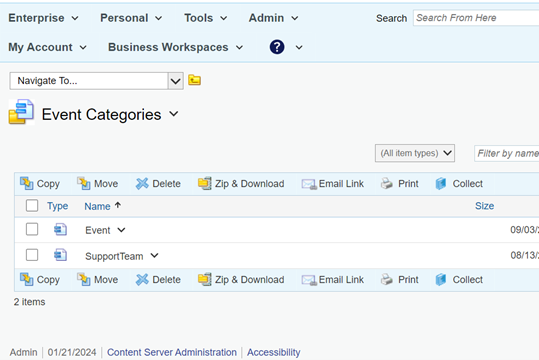Here are some of the Content Server NLP application examples
Navigation
Example Linguistic Features of NLP
Content
There are several applications thinklable with NLP iin the Content Server
Production reports (e.g. dairy reports)
Editorial systems for sensitive information
Complex Categories
The application of even more complex categories is shown here
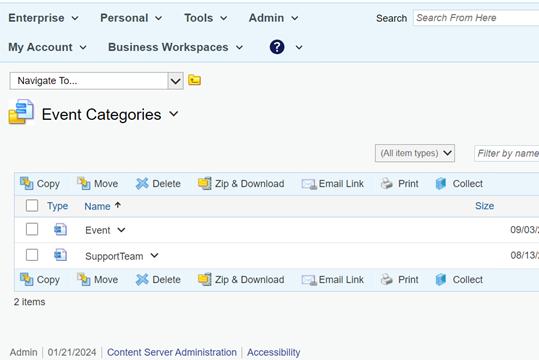
Categories in the Content Server serve as an organizing tool and for finding documents.
Categories can also be a little more complex due to the attributes that may be present. An example is listed below.

You can also search by category. If you don’t have such a system for assigning categories, a free and adaptive auto-categorizer is a good idea.
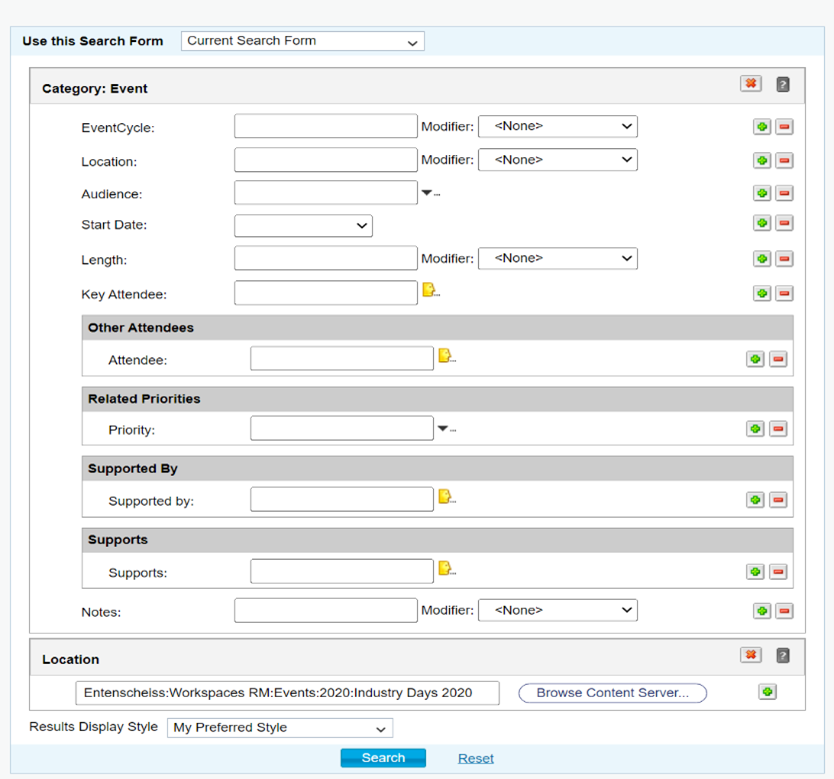
Business Workspaces
Business workspaces are the basis of the content server.
You can display the workspaces graphically in the old environment or as widgets.
Workspaces can also be created based on categories.

The constructs [xxxx:Event] are, for example, attributes of a category. These constructs are also used for meaningful naming. This underlines the sensible selection of appropriate categories, including with the help of an AI categorizer
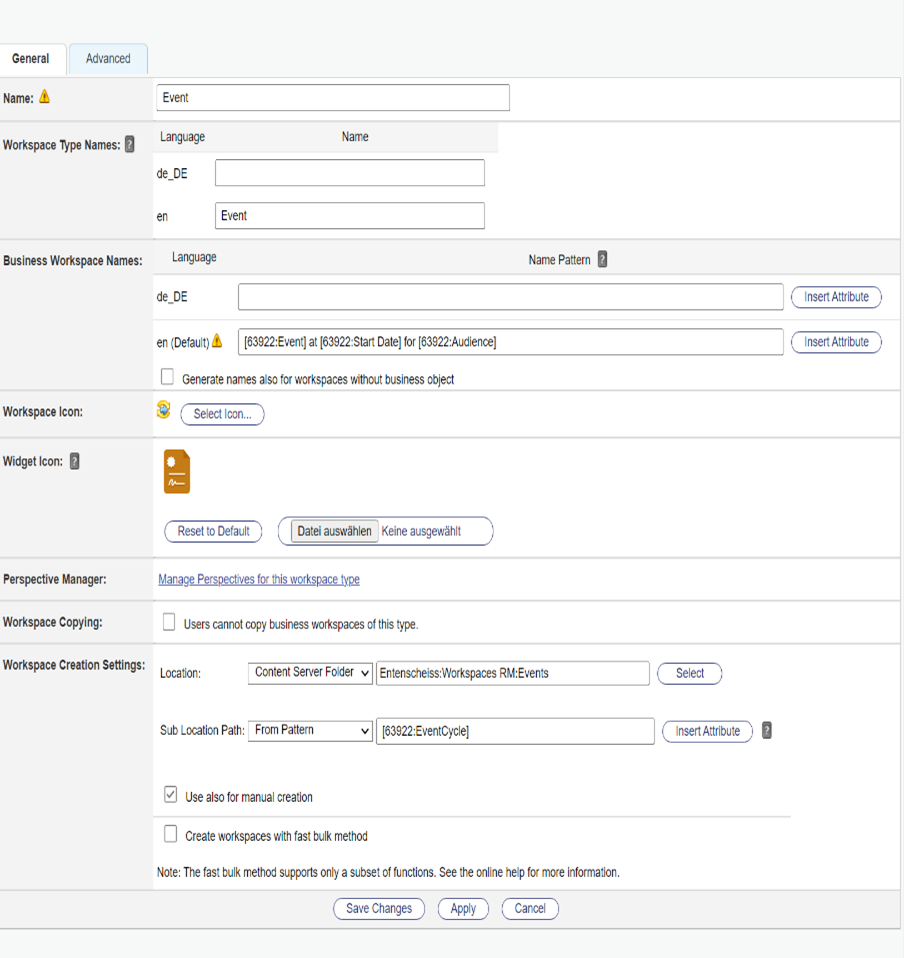
Document Templates
These are document templates in the Content Server from which the documents are derived
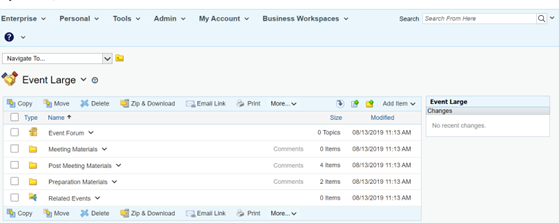
When creating a workspace, the corresponding template can be selected, for example here it is assigned directly after the inherited classifications.
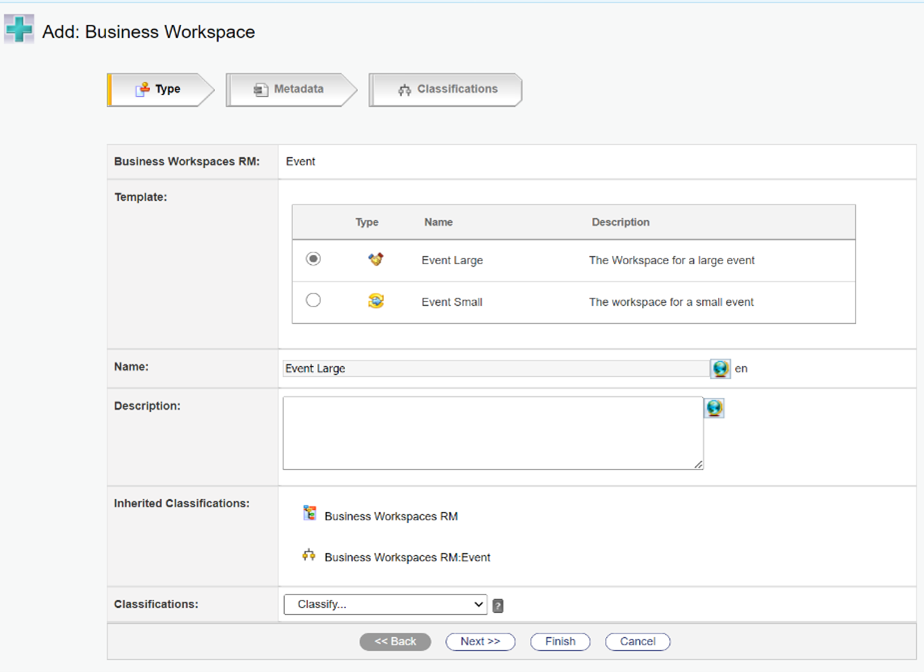
Cases & Binders
This is a long-discontinued product that allowed the combination of folders and cases (cases and binders).
At that time, any number of templates for folders (binders) and cases (cases) could be combined in the product.
This requires a different approach in newer Content Server versions.
Here it is advisable to create a second category branch (or several, if necessary) that is generated by an AI. To ensure the correct templates, the cases and binders should be automatically classified using linguistic methods (e.g. word vectors) before assignment.
Case and document assignments
Simple scanned documents can be automatically assigned to a process (or a file or a case). If a trained categorizer is used as an AI component, complex categories can also be entered there. Corresponding training of the AI is very customer-specific. An extended evaluation of the language is necessary here.
Production reports (e.g. dairy reports)
With such reports as documents, they can be assigned to production companies as well as treated with regressors for prediction.
Regressors can make predictions against the current data set, categorizers can apply refined categories to these reports and store the categories accordingly in the content server.
This means that both regressors and categorizers can be used for fine evaluation; further evaluations can be made by analyzing the language
Editorial systems for sensitive information
If, for example, sensitive information is to be removed from a press release (example), the document can be loaded from the content server and made suitable for the press release by an automatic editing system (see Automatic editing and cleaning of documents).
If this processed document is then saved again in the content server, both versions (with and without sensitive information) are available and can be used, for example. Which can be managed using the usual content server methods (security clearance etc.).
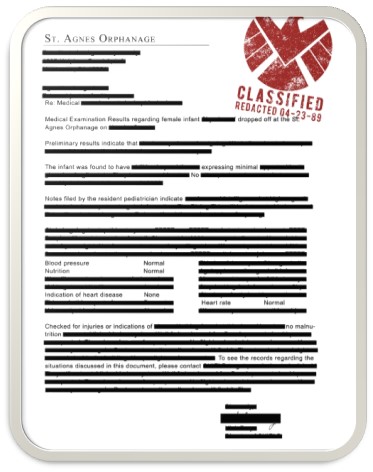
AND THE SKY IS THE LIMIT


